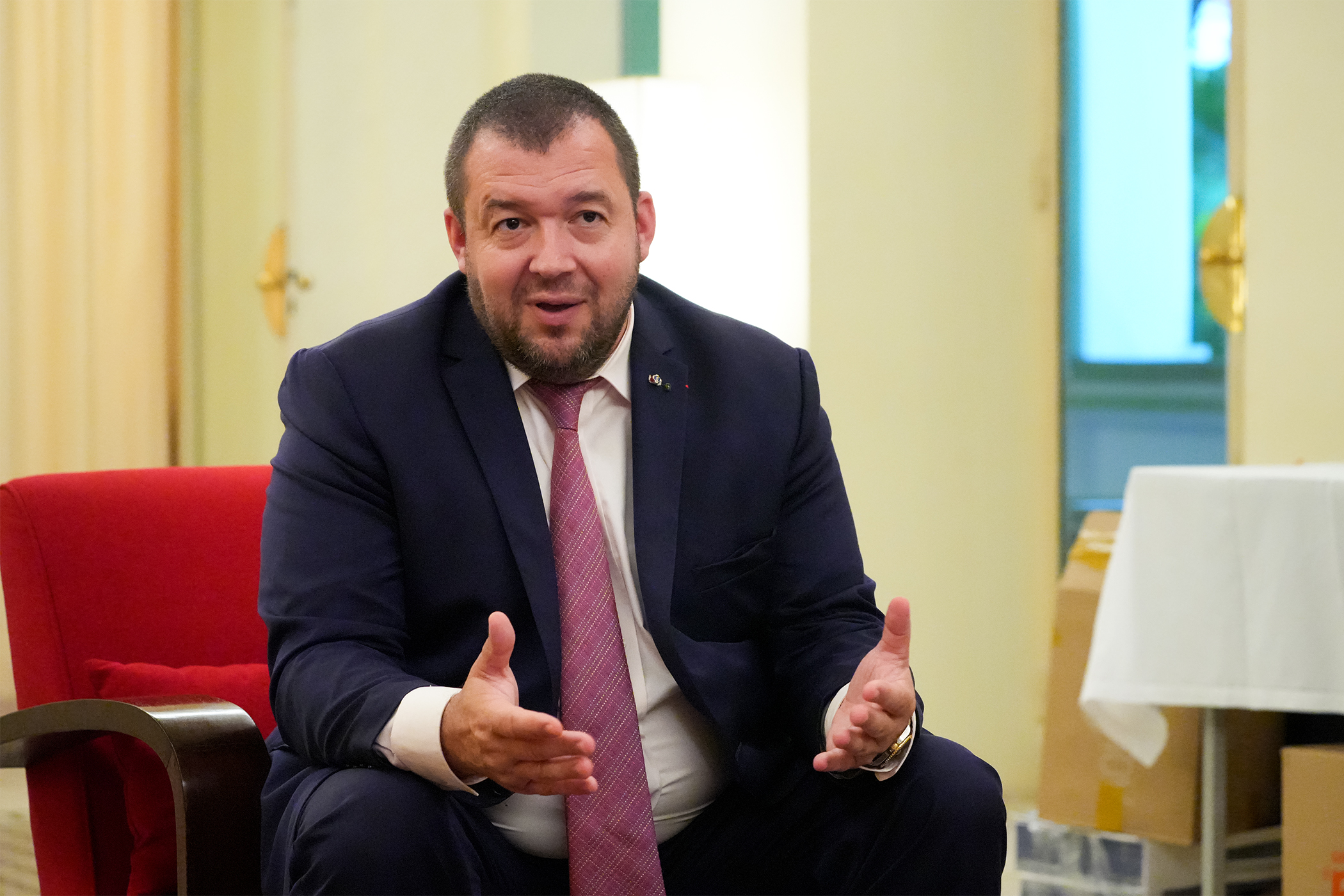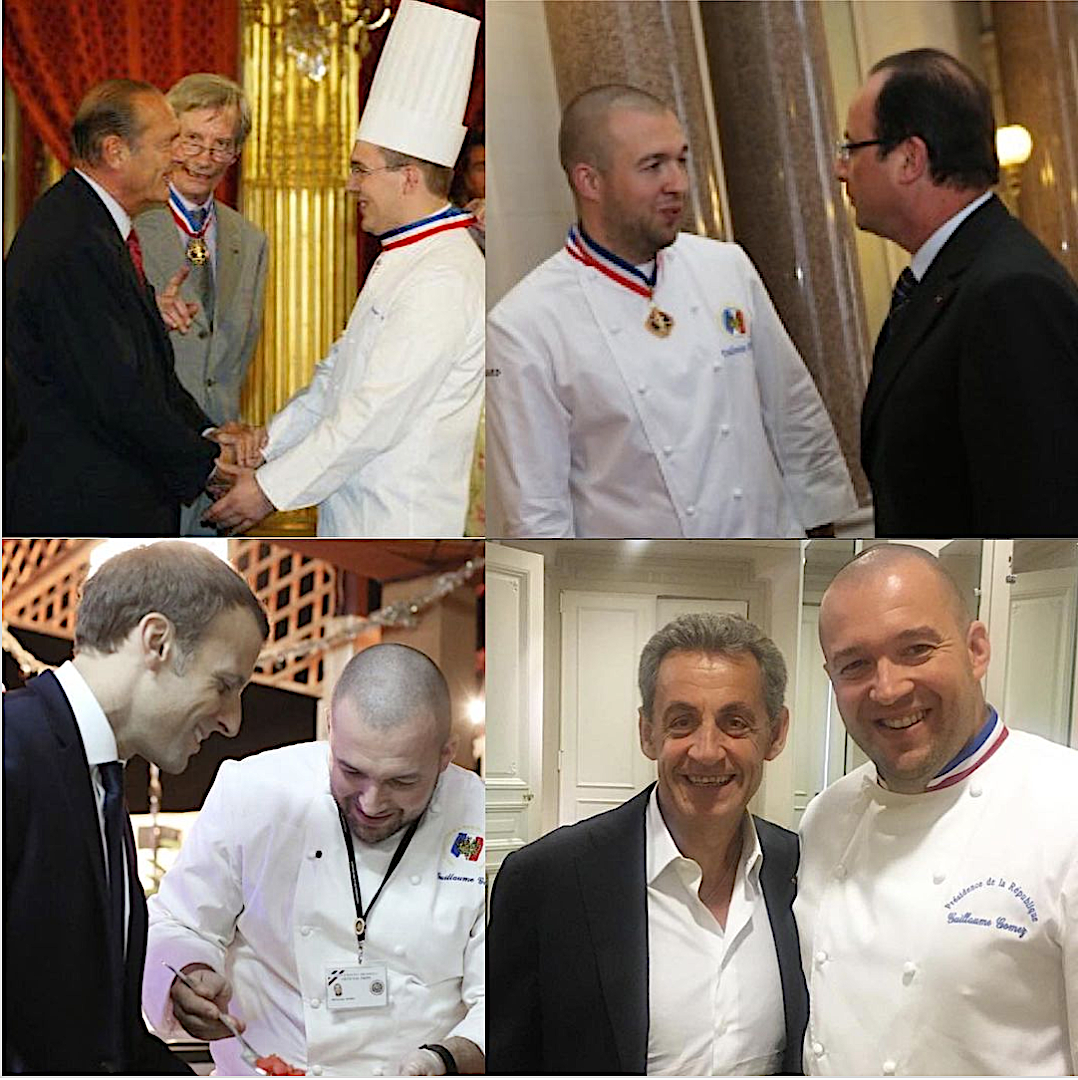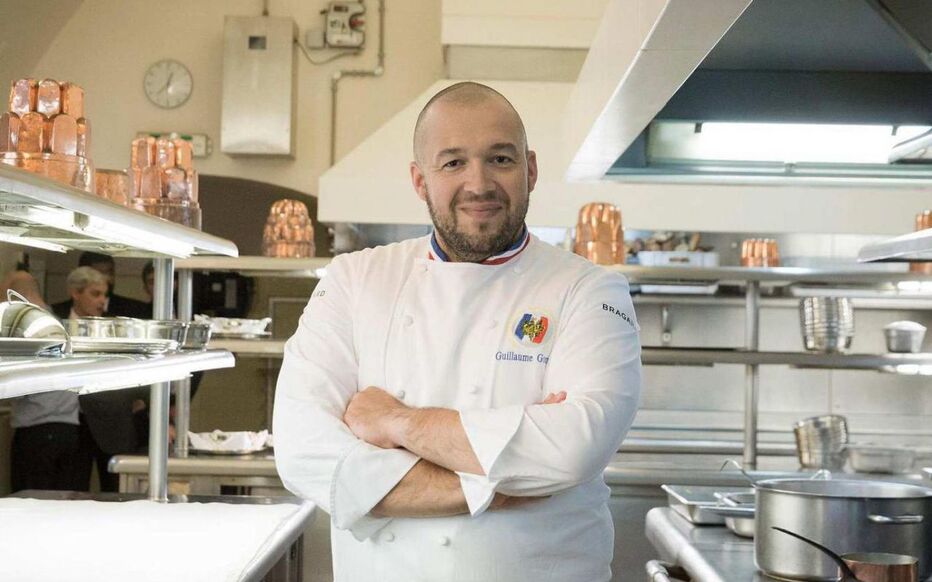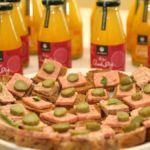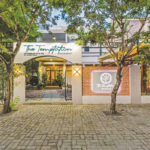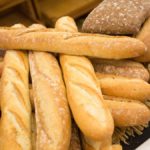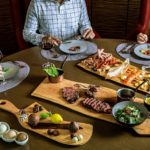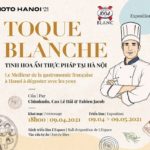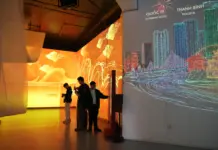The Élysée Palace’s Chef and France’s Culinary Ambassador, Guillaume Gomez, recently returned from a business trip to Vietnam, where he served as a judge in a baguette-making contest in May.
Two important rules
There are two rules when cooking for the presidents.
“You can’t imagine how important you are to the image of France,” former French President Nicolas Sarkozy told Gomez before leaving the palace.
In May 2012, Chef Gomez was presented with the National Order of Merit (Ordre national du Mérite) by Sarkozy.
Gomez began working at the Élysée Palace in 1997 and, at the age of 25, was awarded the Meilleur Ouvrier de France medal, a prestigious honor given every four years to craftsmen, including chefs and bakers.
He was the youngest person ever to win the title in the culinary category.
|
|
| Guillaume Gomez and the four French presidents he has served. Photo: Twitter |
In 2013, Gomez succeeded Bernard Vaussion to become the ‘chef de cuisine’ of the Élysée.
He worked at the Élysée Palace for 25 years before leaving in 2021, having served as the ‘chef de cuisine’ for four French presidents, from Jacques Chirac and Nicolas Sarkozy to François Hollande and Emmanuel Macron.
Cooking for heads of state comes with specific tensions and pressures, requiring the chef to master the skills of time and pressure management.
“I think the things that differentiate a restaurant chef from a president’s chef are managing pressure and reacting quickly,” Gomez told Tuoi Tre News in Ho Chi Minh City.
Everything must be ready by the time the president sits at his dinner table, and the chef has no excuse if something is left undone.
This is the most important rule.
A journalist once asked the wife of late French President Jacques Chirac about his favorite food, and she answered “calf head.”
“Since then, wherever Chirac goes, they will serve him this dish, after the meal or at coffee time, even when he did not ask for it,” Gomez said.
This leads to the second rule: not to reveal too much about the presidents’ preferences. Strictly following these rules explains Gomez’s successful career.
Influence of Vietnamese-French cuisine
Over the centuries, French cuisine has evolved and been influenced by other cultures. For example, tomatoes, noodles, corn, and potatoes are not indigenous to France but they have been a part of French cuisine for a long time.
It is fair to say that French cuisine is inspired and enriched by exotic ingredients and seasonal produce from various regions, including Vietnam.
“French chefs in Vietnam told me that the two cuisines have a lot in common, in terms of technique and seasoning,” Gomez said.
|
|
| Guillaume Gomez is seen in the kitchen at the Élysée Palace. Photo: LE PARISIEN |
“We do not claim they are identical, but there is a cross between them.”
Gomez gave an example of Chirac’s love for Asian cuisines such as Chinese, Japanese, Vietnamese, and Indonesian.
This openness to other cuisines beyond his own also helps chefs in the Élysée’s kitchen.
Gomez started his role as the French food ambassador in 2021, traveling around the world to share the values of French cuisine.
In May this year, Gomez visited Vietnam as a judge for a baguette-making contest organized by the Consulate General of France in Ho Chi Minh City to honor the French-Vietnamese friendship and celebrate 50 years of diplomatic relations.
The winner was a young Vietnamese woman.
After serving as a judge, Gomez and French Consul General Emmanuelle Pavillon-Grosser visited Andros Asia’s fruit processing line factory in the Mekong Delta’s Tien Giang Province and had a meeting with students majoring in French at Marie Curie High School in Ho Chi Minh City.
Gomez also actively works with the French non-governmental organization Vision du Monde, aiming to protect children’s rights, promote education, and improve lives worldwide.
In Vietnam, Vision du Monde has implemented many projects, including opening schools, digging wells, and providing basic life skills.
Inspiration from the ordinary
Gomez loves his ‘seasonal’ job, which means he has to change the dishes based on the place and season.
When he talks to food producers such as farmers or fishermen, they share the process of production and information about their products.
From these conversations, Gomez finds inspiration and new approaches for his own creations.
For example, he prepares Landes poultry with asparagus differently for Chirac compared to Sarkozy, Hollande, or Macron.
Seasonally, the Élysée’s kitchen may have a new provider of chicken or asparagus, or they may try a new way of cooking or experimenting with sauce recipes.
The inspirations for cooking come from these changes, which are part of the ordinary’s daily lives.

